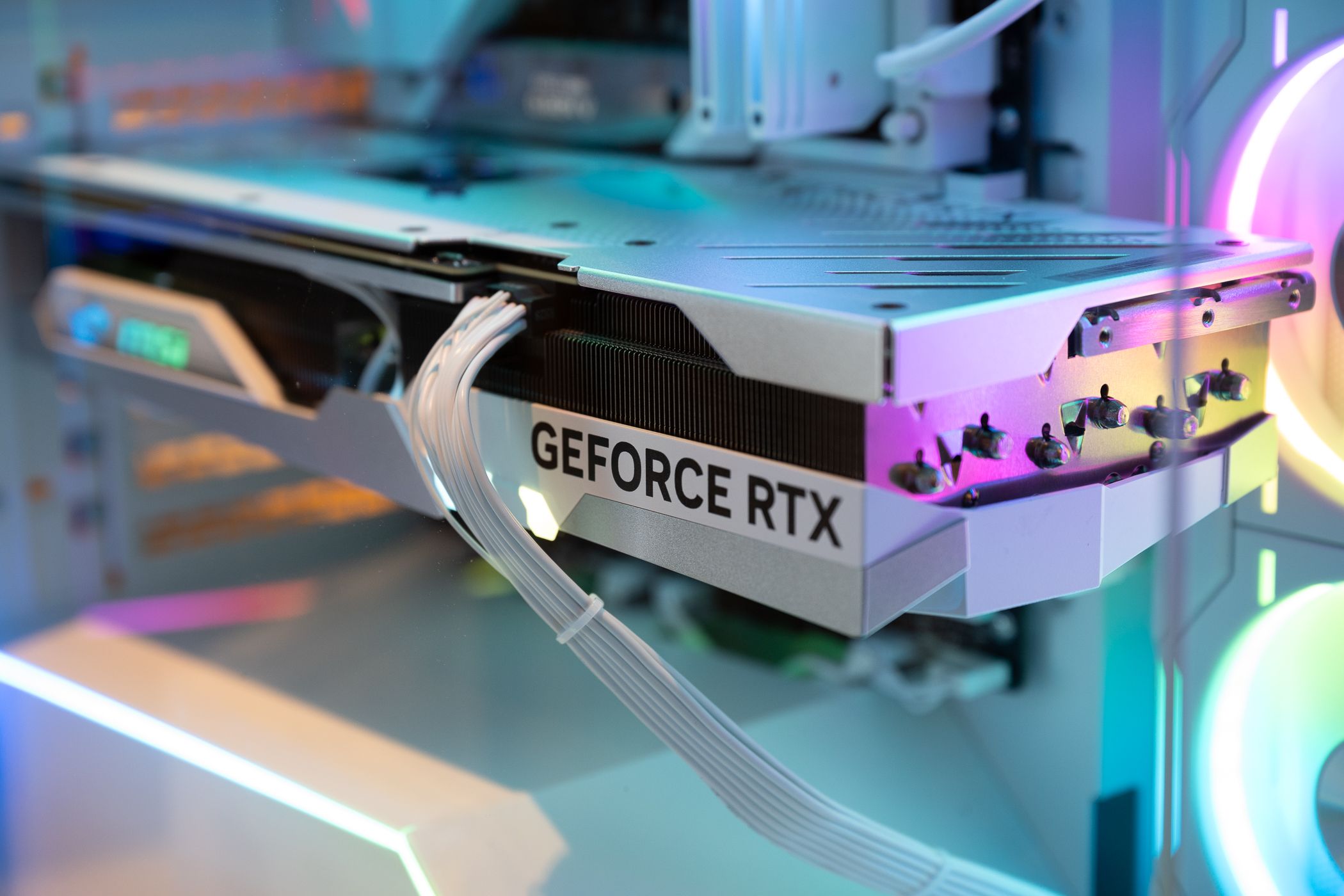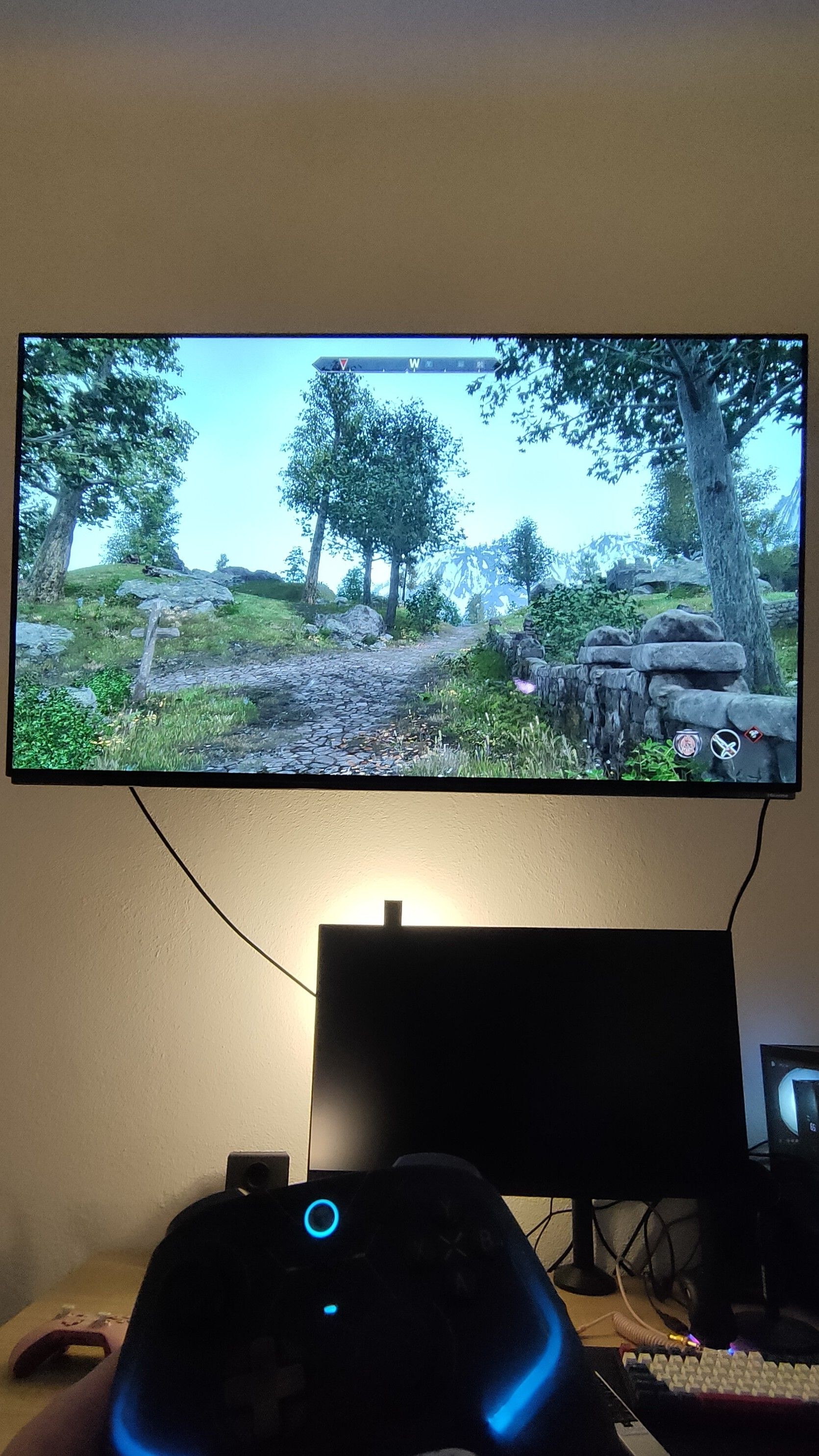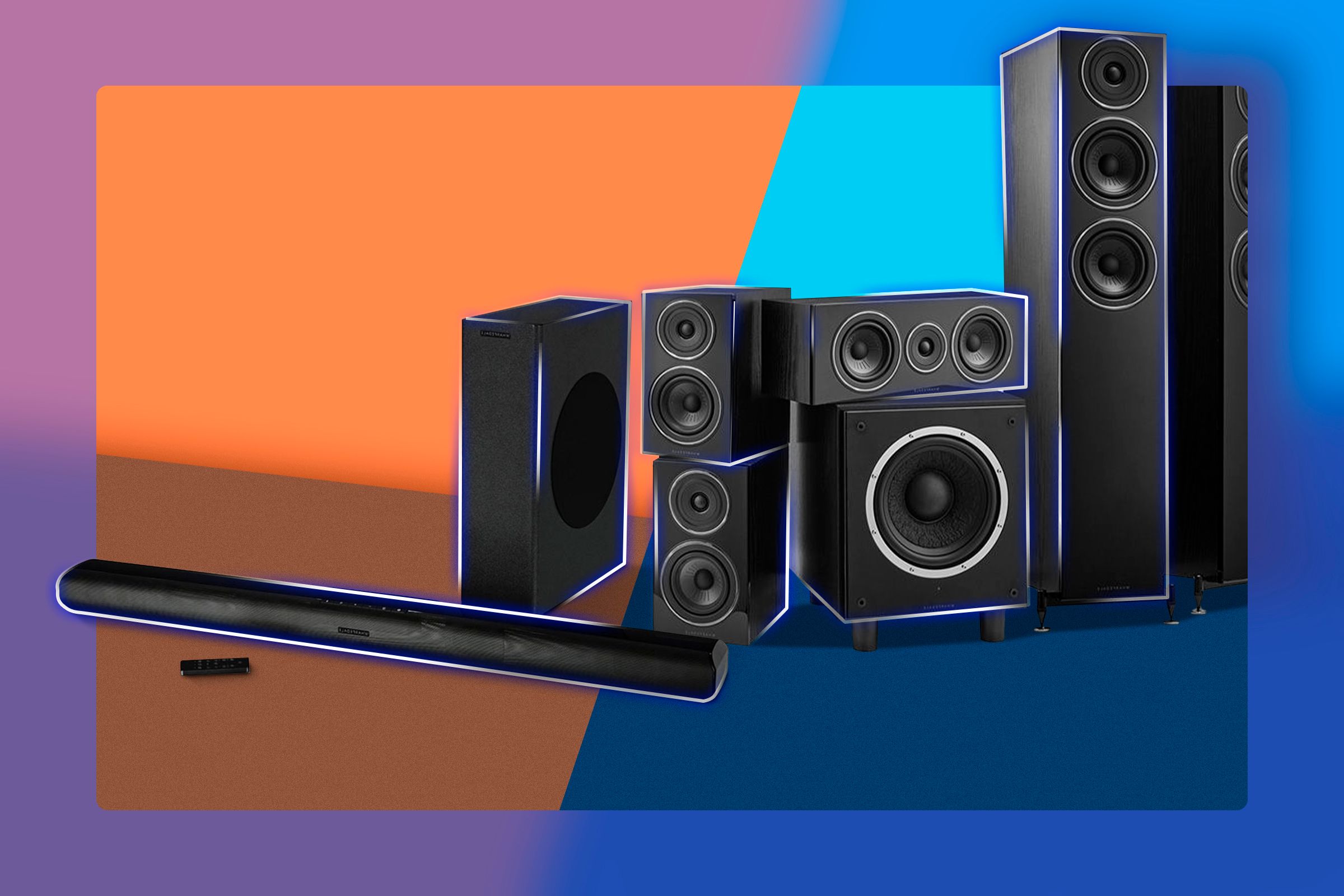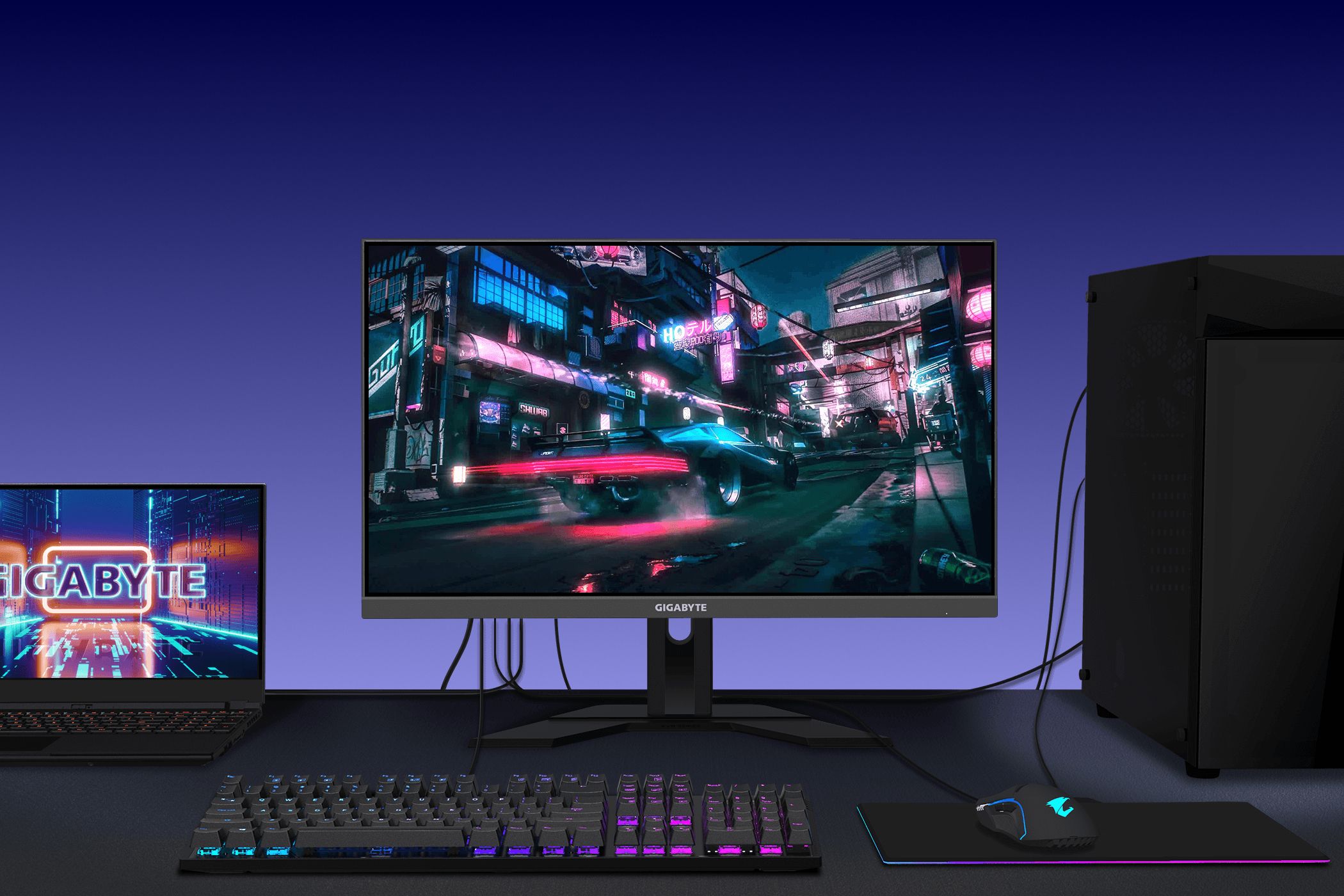Summary
- High-end gaming PCs are better suited for 4K TVs than consoles, thanks to their superior graphics cards.
- A high-quality TV can deliver a more enjoyable and immersive experience than a traditional monitor.
- For the best experience, invest in a gaming TV with a dedicated game mode and a high refresh rate.
Traditionally, TVs have been associated with consoles, and PCs with monitors. However, it’s time to rethink that divide. If you want the ultimate gaming experience, you should consider pairing your gaming PC with a high-quality TV instead of a traditional monitor.
TV Gaming Shouldn’t Be Exclusive to Console Gamers
There’s no real reason why console gamers shouldn’t play on a monitor, or why PC gamers shouldn’t use a TV. Your choice of display should be based on your preferred seating position and how you like to experience your games, not the device you’re using.
In fact, you could argue that high-end PCs are even better suited for gaming on a 4K or 8K TV than consoles, thanks to their far more powerful graphics cards that can actually run games at high resolutions and refresh rates.
Thanks to advanced graphics card technologies like upscaling algorithms and frame generation, a powerful graphics card like the AMD RX 9070 XT or NVIDIA GeForce RTX 5080 can easily run games at 4K and high refresh rates, far outperforming what even the best console, the PlayStation 5 Pro, can deliver.
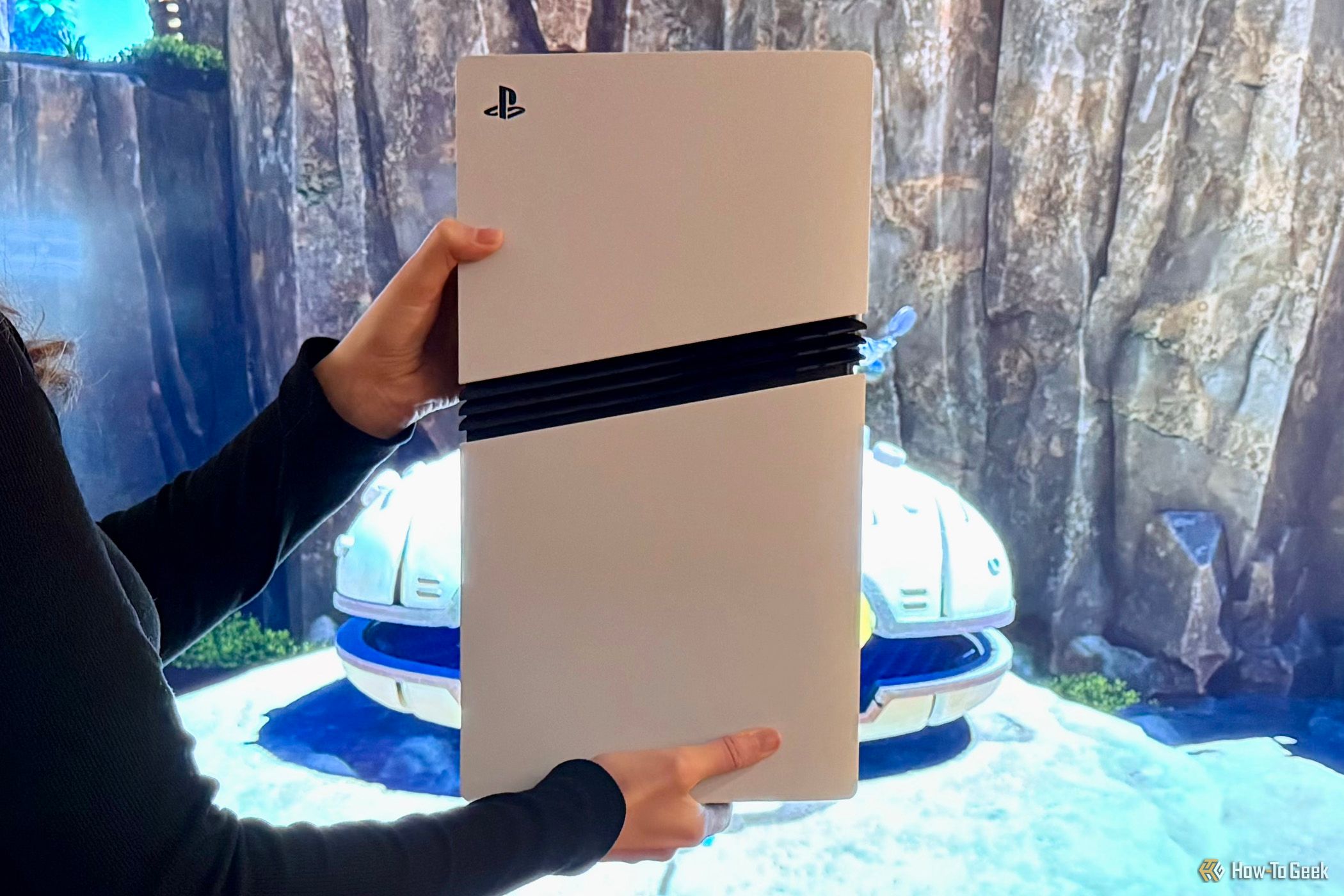
Related
That said, you don’t need an extremely high-end PC to play games on a 4K TV. My $1,200 PC is equipped with a five-year-old AMD RX 6800 XT and can easily push my 4K 120Hz TV to its limits in many games, thanks to upscaling and frame generation. I play titles like God of War Ragnarök, Forza Horizon 5, and The Elder Scrolls IV: Oblivion Remastered without any complaints.
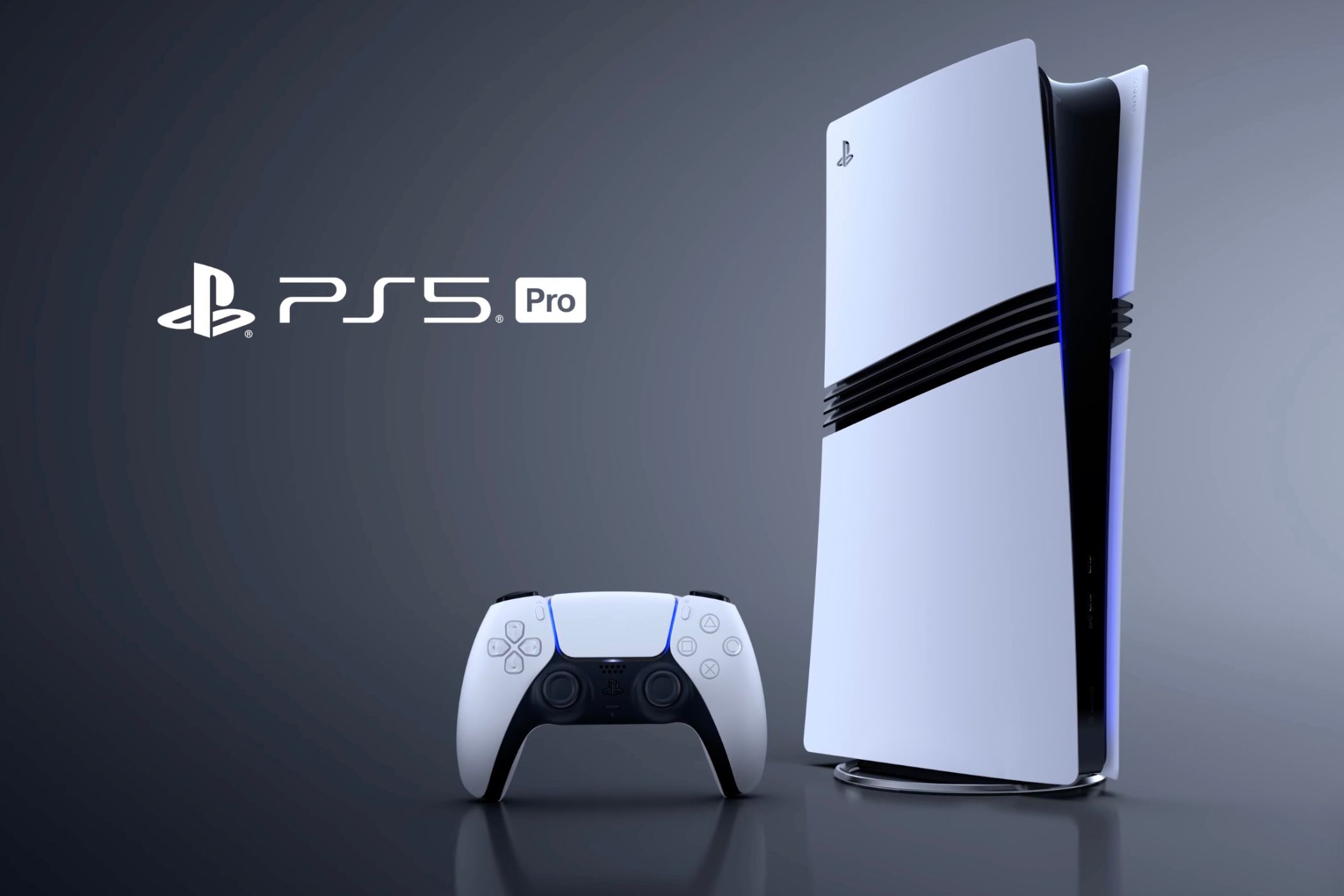
Related
Upscaling Is Not a “Crutch” for Gaming, It’s a Solution to a Problem We Created
There’s no such thing as “real” computer graphics.
Gaming on a TV Is More Enjoyable Than a Monitor
Let’s face it: most of us spend way too much time sitting at work and handling other obligations. So, when it’s finally time to relax, the last thing I want to do is sit even more. That’s part of the reason I switched to watching movies and TV shows a few years ago, and I’ve only gotten back into gaming in the last year.
Thanks to its sheer size, a TV solves any discomfort issues by allowing me to sit further back in a reclining chair or even lie down in bed while still being able to see everything on screen.
For example, text on my 27-inch 1440p monitor becomes illegible if I move back more than 4 feet, but on my 55-inch 4K TV, I can lie down at six times that distance and still see everything clearly. Another plus is that couch co-op is far more enjoyable on a large TV than on a tiny monitor that forces you to cram together.
Speaking of screen size, whether it’s gaming, watching content, or even doing everyday tasks, a bigger screen is almost always better. A TV’s larger screen can provide a wider field of view for a more immersive experience that pulls you into the game’s world.
Even a nice 32-inch ultrawide monitor can’t match the sheer sense of scale that a 75-inch or 85-inch TV offers. Plus, a TV is more versatile because you can use it for movies as well.
Sound is another minor benefit. Of course, you can use a pair of wired or wireless headphones, but if you don’t have any speakers hooked up to your PC, the built-in speakers in some TVs are surprisingly decent. That said, you should still probably upgrade to a soundbar, home theater system, or a cheap sound system.
Don’t Just Buy Any TV for PC Gaming
This is a word of caution for anyone who has ever hooked up their gaming PC to a random TV and instantly regretted it. Regular TVs without a game mode usually suffer from atrocious input lag, making gaming an extremely frustrating experience.
Before I enabled game mode on my new TV, the screen lagged so badly that even my 1,000Hz polling rate mouse felt delayed on the desktop, and my 8K mouse was practically unusable.
You need a proper gaming TV or, at the very least, one that advertises a game mode. The refresh rate matters too, as a TV with a refresh rate below 120Hz doesn’t make that much sense in the context of PC gaming, especially in 2025.

Related
60 FPS Is No Longer Enough, so I’m Turning to Frame Generation
60 FPS is great… if you’re living in 2010.
There are a few TVs with a 120Hz refresh rate under $500, like the VIZIO 50-inch 4K M50QXM-K01, so that’s probably the bare minimum you’d want to spend if you’re buying new instead of used.
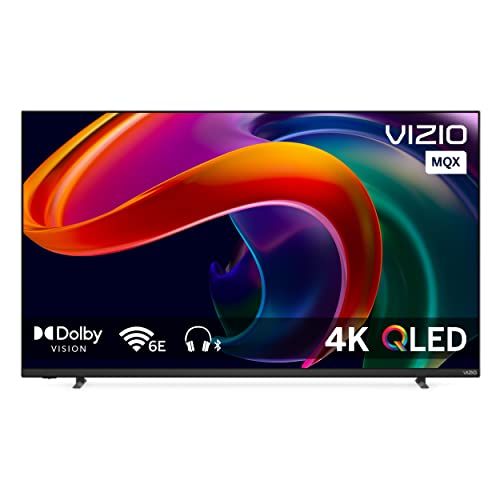
VIZIO 50-inch MQX-Series 4K 120Hz QLED HDR10+ Smart TV with Dolby Vision, Active Full Array, 240Hz @ 1080p PC Gaming, WiFi 6E, Apple AirPlay, Chromecast Built-in, M50QXM-K01, 2023 Model
This affordable 50-inch VIZIO QLED TV offers a 4K resolution with a 120Hz refresh rate. It features FreeSync for gaming, plus compatibility with HDR10+ and Dolby Vision.
OLED Gaming TVs Make More Sense Than OLED Monitors
Unless you exclusively use your PC for gaming, an OLED monitor makes no sense. The technology still suffers from burn-in issues caused by prolonged exposure to static elements, which encompasses a large chunk of non-gaming computer use.
Whether it’s the Windows taskbar, Chrome, Word, or even game launchers like Steam and Epic Games, your monitor constantly displays static elements, making OLED monitors an expensive commodity. Since I also work on my gaming PC, OLED monitors are an absolute no-go for me.
This isn’t much of an issue if you only turn the display on when you’re gaming, though, which is why OLED TVs make a lot more sense than OLED monitors. The prices are more reasonable, too. For instance, the LG C4 now costs under $1,200 for the 55-inch unit.
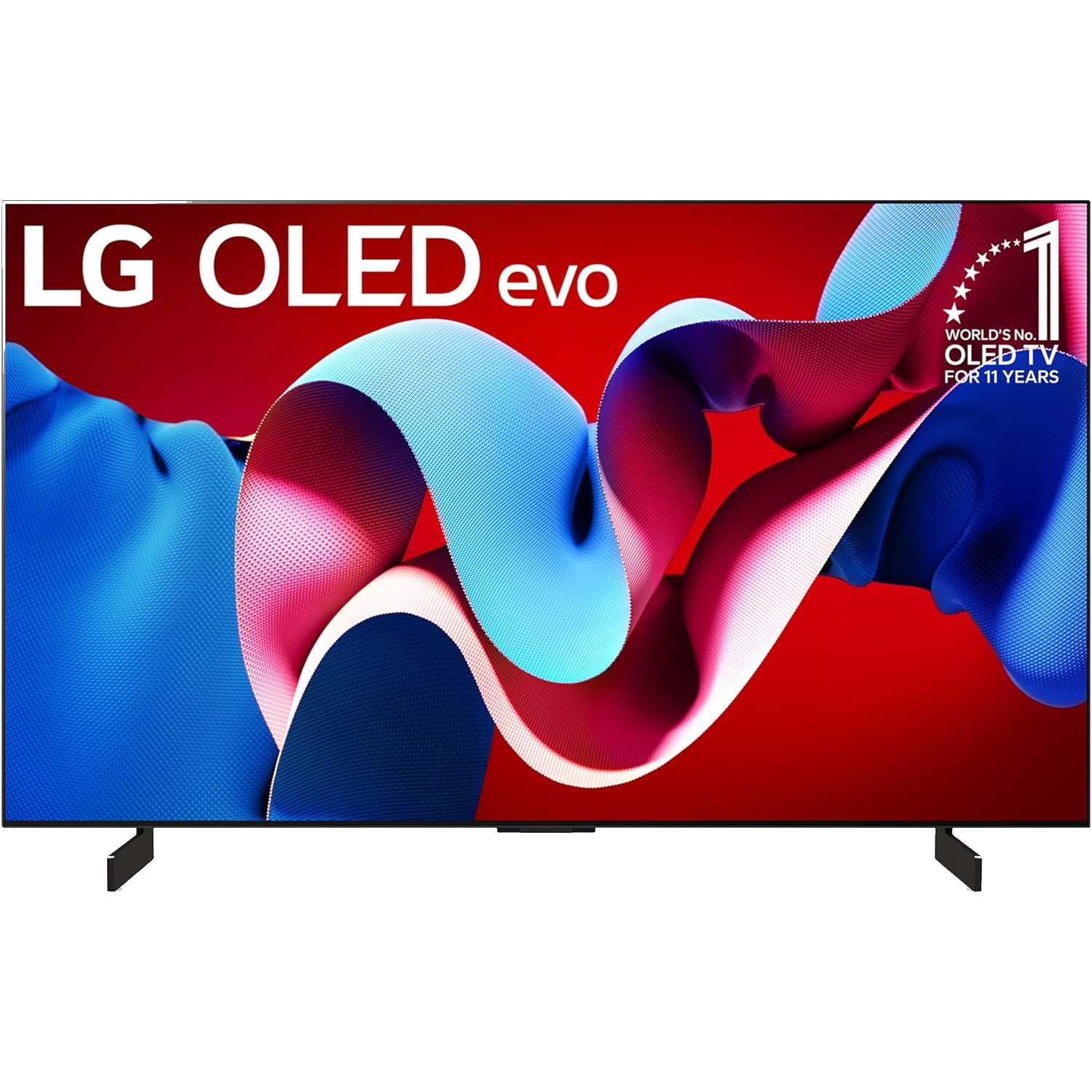
LG C4 OLED TV Series
$1600 $2700 Save
$1100
The LG C4 OLED Series of TVs are a perfect and affordable option for PC gamers. They support refresh rates of up to 144Hz, support for AMD FreeSync and NVIDIA G-Sync, and four HDMI 2.1 ports.
If you dedicate your OLED TV to content consumption, you’ll enjoy the many benefits of OLED, like true blacks, vibrant colors, a near-infinite contrast ratio, and HDR, with a significantly decreased risk of burn-in. OLED makes any game look far more impressive than even the best Mini-LED and IPS panels.
Monitors Make Sense for Competitive Gaming
If you mostly play single-player games and prefer using a controller, a good TV can completely replace your monitor for gaming. However, monitors can still make sense for competitive gaming. Even though I spend hours gaming on my TV, you’ll never catch me playing something like Marvel Rivals, League of Legends, or Call of Duty on it—that’s why I use my overkill 240Hz monitor for.
The reason behind this is twofold: first, I strongly prefer playing these games seated at my desk with a mouse and keyboard, as it allows for greater accuracy and faster reaction times; second, monitors still tend to outperform TVs for competitive gaming on a technical level. While response times between gaming TVs and gaming monitors are similar, the input lag isn’t.
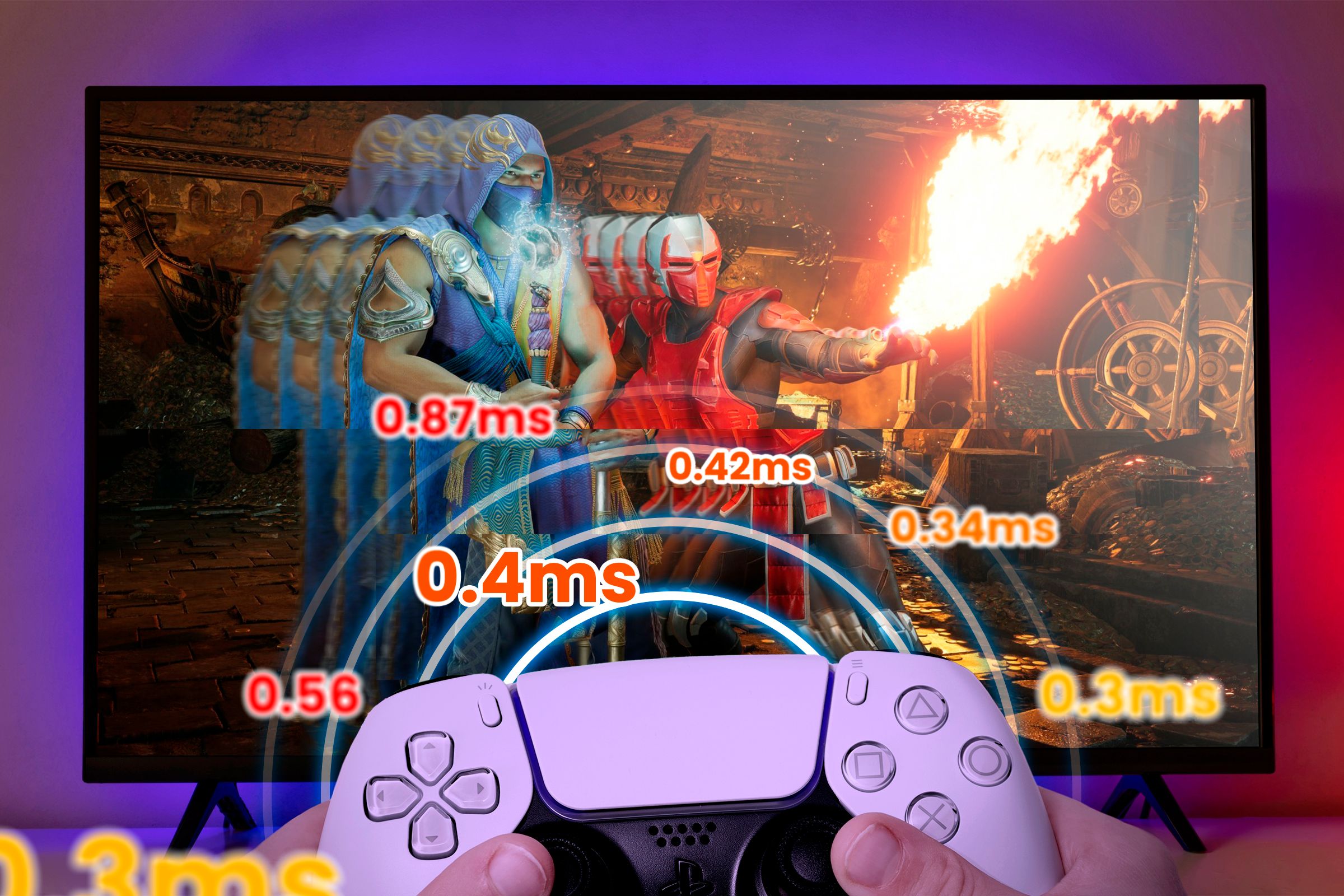
Related
Input Lag vs. Frame Rate Drops: What’s the Difference, and How to Handle Each?
The question you’re too afraid to ask.
According to RTINGS, my LG 27GR83Q monitor has an input lag of 3.2ms at its native resolution and refresh rate (240Hz), which is significantly lower than the LG G5‘s 5.3ms at 4K and 120Hz, or 12.4ms at 4K and its maximum refresh rate (165Hz).
Input lag directly affects how quickly my movements are reflected on screen, and in games where even a fraction of a millisecond can mean the difference between winning and losing, every advantage counts.
You Should Still Own a Cheap Monitor
While a TV is fantastic for gaming and other media consumption, it’s not ideal for everyday work. While you could technically work on your laptop, your gaming PC is still probably far more powerful, so don’t just leave it sitting unused. And if you occasionally like to play games using a keyboard and mouse and your TV sits uncomfortably high, there’s no reason to avoid buying a monitor as well.
The good news is that budget gaming monitors have never been better. You can now get excellent 1440p high refresh rate monitors for under $200, like the Acer Nitro KG271U N3bmiipx and Samsung Odyssey G55C Series, which are more than enough for gaming when you’re not using your fancy TV.
It’s nice to have options, but if I had to choose between a good TV and a good monitor, I’d choose the TV, given the benefit of hindsight. As much as I enjoy my 240Hz 1440p monitor, a TV offers the added benefit of couch gaming and the versatility to double as a superior movie screen. This article gives you the perfect excuse to invest in an OLED TV and enjoy the ultimate HDR gaming experience!


